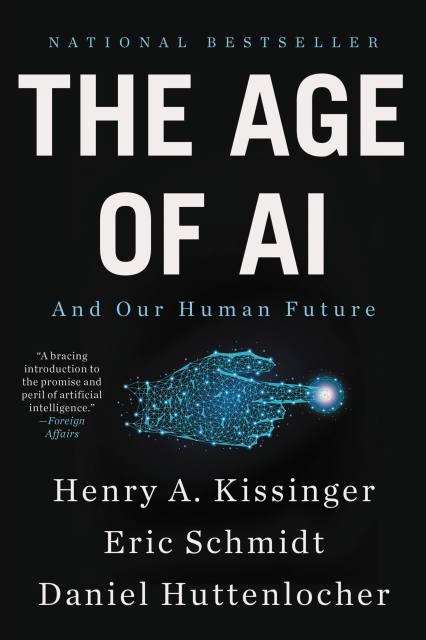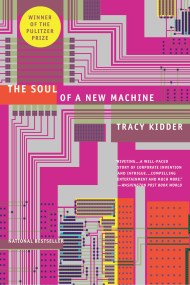Promotion
Use code MOM24 for 20% off site wide + free shipping over $45
The Age of AI
And Our Human Future
Contributors
By Eric Schmidt
By Daniel Huttenlocher
Formats and Prices
Price
$19.99Price
$25.99 CADFormat
Format:
- Trade Paperback $19.99 $25.99 CAD
- ebook $12.99 $16.99 CAD
- ebook $14.99 $18.99 CAD
- Hardcover $30.00 $38.00 CAD
- Audiobook Download (Unabridged) $24.99
- Trade Paperback $18.99
This item is a preorder. Your payment method will be charged immediately, and the product is expected to ship on or around November 1, 2022. This date is subject to change due to shipping delays beyond our control.
Also available from:
Three of the world’s most accomplished and deep thinkers come together to explore Artificial Intelligence (AI) and the way it is transforming human society—and what this technology means for us all.
Generative AI is filling the internet with false information. Artists, writers, and many other professionals are in fear of their jobs. AI is discovering new medicines, running military drones, and transforming the world around us—yet we do not understand the decisions it makes, and we don’t know how to control them.
In The Age of AI, three leading thinkers have come together to consider how AI will change our relationships with knowledge, politics, and the societies in which we live. The Age of AI is an essential roadmap to our present and our future, an era unlike any that has come before.
Genre:
-
"Absolutely masterful."Fareed Zakaria, CNN/GPS
-
" A salutary warning to handle this technology with care and build institutions to control it...With his co-authors Mr Kissinger has...used his vast experience and versatile mind to make a muscular contribution to one of the 21st century’s most pressing debates."The Economist
-
"Good reading for those seeking to navigate the alt-reality world."Kirkus Reviews
- On Sale
- Nov 1, 2022
- Page Count
- 288 pages
- Publisher
- Back Bay Books
- ISBN-13
- 9780316273992
Newsletter Signup
By clicking ‘Sign Up,’ I acknowledge that I have read and agree to Hachette Book Group’s Privacy Policy and Terms of Use








